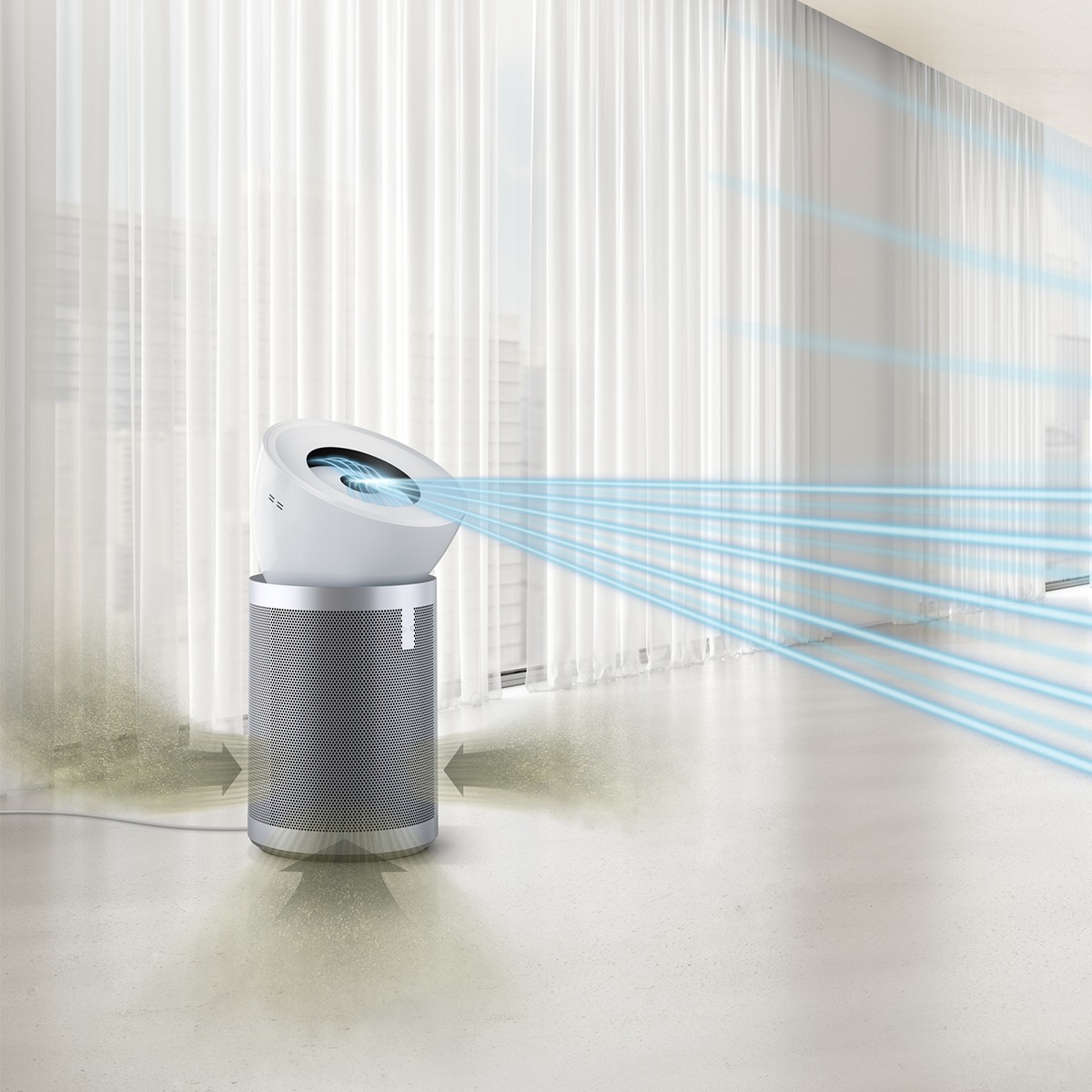AutoVRse, announced the successful closure of a $2 million funding round led by Lumikai. This marks a significant milestone in…
Read More

AutoVRse, announced the successful closure of a $2 million funding round led by Lumikai. This marks a significant milestone in…
Read More
The Leica M11-P is a special version of the company’s flagship M11 rangefinder. The highlight is the “P” a unique…
Read More
Dyson unveils its latest air purification technology, designed to purify the air in spaces as large as 1000 sq.ft. Controlling…
Read MoreBreaking the barriers of aerial cinematography with tiny drones A tiny drone flies through a neighbourhood in Los Angeles, zips…
Read MoreHere at T3, we know you’re as savvy as us but despite an exciting space, drones are often restricted to…
Read More